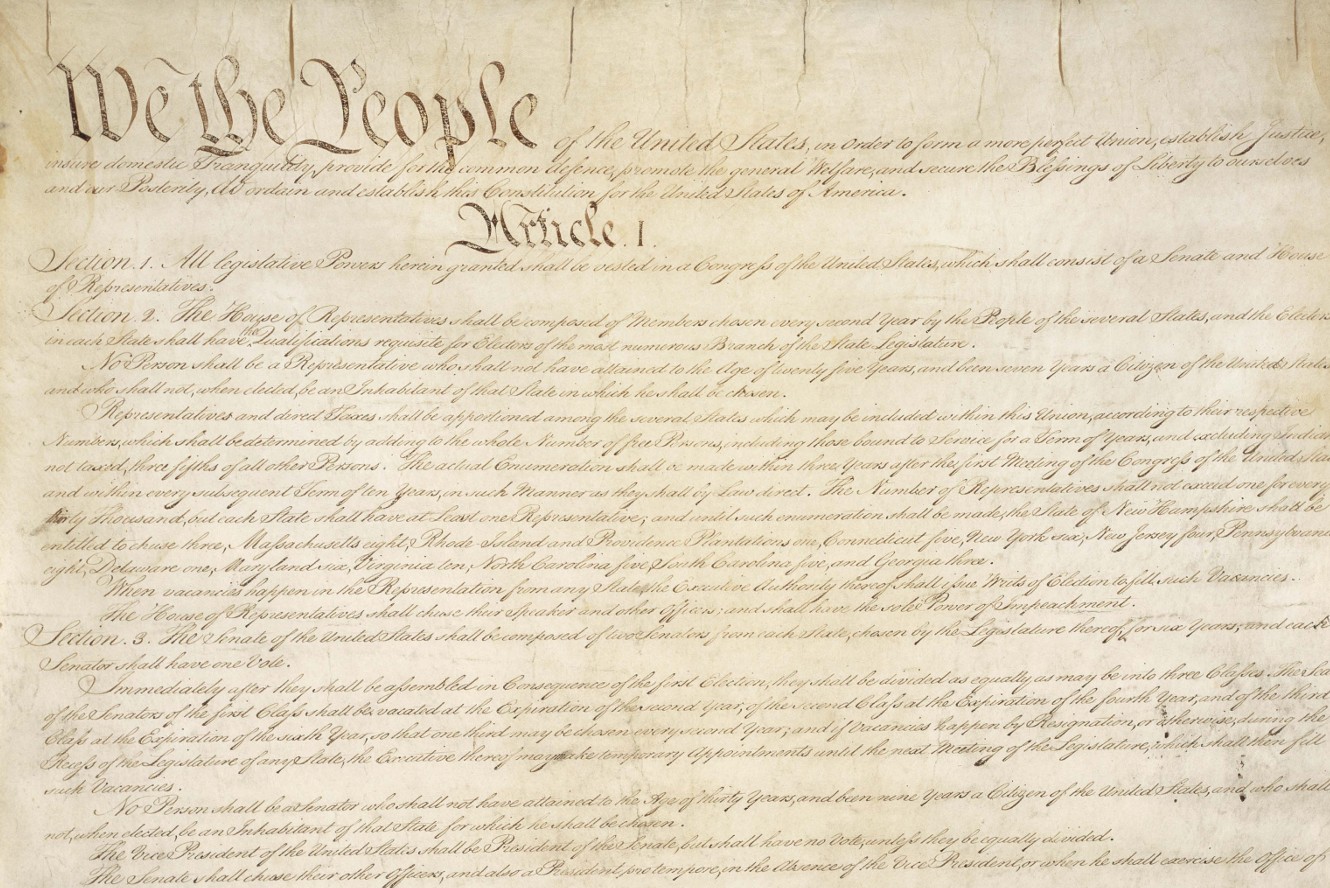We are in an exceptionally challenging civil-military environment. Many of the factors that shape civil-military relations have undergone extreme strain in recent years. Geopolitically, the winding down of the wars in Iraq and Afghanistan and the ramping up of great power conflict mean the U.S. military must simultaneously come to terms with wars that ended without all the goals satisfactorily accomplished while preparing for more daunting competition with near-peer rivals. Socially, the pandemic and the economic dislocations have disrupted societal patterns and put enormous strain on individuals and families. Politically, military professionals confront an extremely adverse environment characterized by the divisiveness of affective polarization that culminated in the first election in over a century when the peaceful transfer of political power was disrupted and in doubt. Looking ahead, all of these factors could well get worse before they get better. In such an environment, it is helpful to review the core principles and best practices by which civilian and military professionals have conducted healthy American civil-military relations in the past — and can continue to do so, if vigilant and mindful.
1. Civilian control of the military is part of the bedrock foundation of American democracy. The democratic project is not threatened by the existence of a powerful standing military so long as civilian and military leaders — and the rank-and-file they lead — embrace and implement effective civilian control.
2. Civilian control operates within a constitutional framework under the rule of law. Military officers swear an oath to support and defend the Constitution, not an oath of fealty to an individual or to an office. All civilians, whether they swear an oath or not, are likewise obligated to support and defend the Constitution as their highest duty.
3. Under the U.S. Constitution, civilian control of the military is shared across all three branches of government. Ultimately, civilian control is wielded by the will of the American people as expressed through elections.
4. Civilian control is exercised within the executive branch for operational orders by the chain of command, which runs from the president to the civilian secretary of defense to the combatant commanders. Civilian control is also exercised within the executive branch for policy development and implementation by the interagency process, which empowers civilian political appointees who serve at the pleasure of the president and career officials in the civil service to shape the development of plans and options, with the advice of the military, for decision by the president. The chairman of the Joint Chiefs of Staff is not in the formal chain of command, but best practice has the chairman in the chain of communication for orders and policy development…To Support and Defend: Principles of Civilian Control and Best Practices of Civil-Military Relations – War on the Rocks
News PDF – Jellyfish.NEWS





